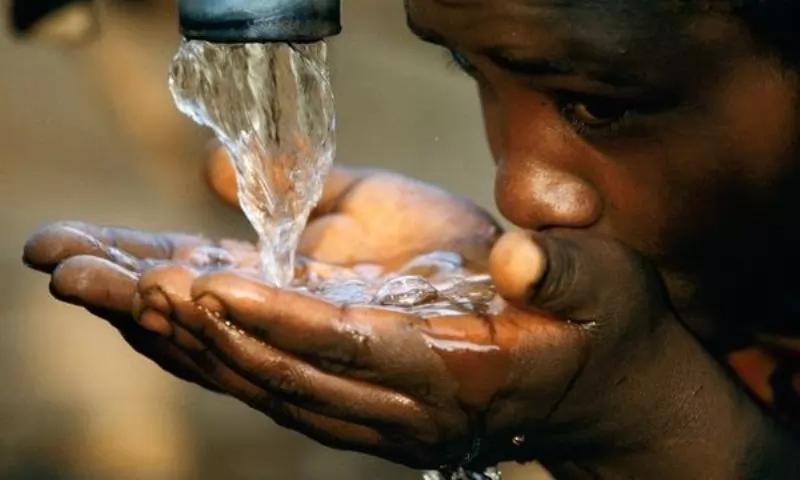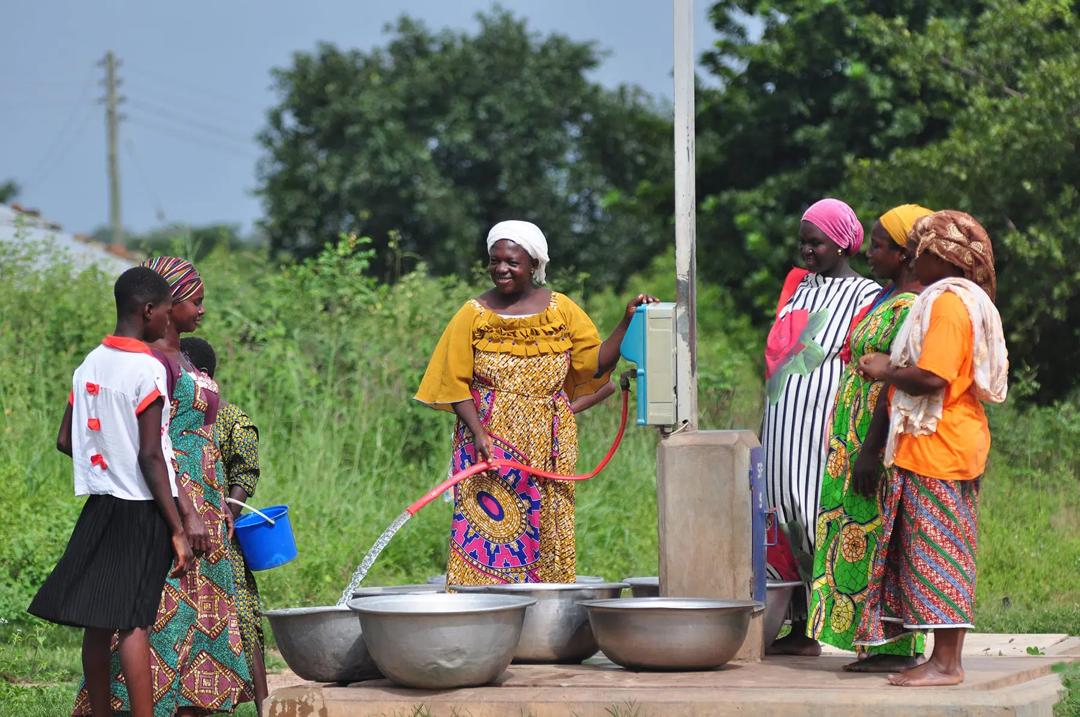Ghana's 2030 Water Sustainability
By Shine Esi Kwawukumey
In the past few decades, Ghana has grappled with the threat of small scale illegal mining, commonly referred to as "galamsey."
While the practice has provided livelihoods for many, its environmental costs have been staggering, especially to the country’s water bodies.
With 2030 fast approaching and Ghana committed to the United Nations’ Sustainable Development Goal (SDG) 6, ensuring clean water and sanitation for all, the question remains: Can Ghana provide sustainable water by 2030 in light of the severe contamination caused by galamsey?
Ghana is endowed with abundant water bodies, including the Pra, Ankobra, and Birim rivers.
These rivers serve as vital sources of drinking water, irrigation for agriculture, and energy production through hydroelectric dams.
However, small scale illegal mining activities have significantly contaminated these water sources, introducing toxic chemicals like mercury and cyanide into the ecosystem.
The discoloration of rivers, destruction of aquatic life, and the loss of water quality have been alarming signs of a growing crisis.
According to the Ghana Water Company Limited (GWCL), the cost of treating water has skyrocketed due to the extreme levels of pollution.
In some areas, treatment plants have been shut down entirely, as purification processes are no longer sufficient to restore water to drinkable levels.
Additionally, rural communities that rely on untreated water sources are at a greater risk of exposure to waterborne diseases, further escalating health concerns.
Recently, the government has ramped up efforts to curb galamsey, deploying military forces to mining areas, arresting small scale illegal miners, and confiscating equipment.
The Inter-Ministerial Committee on Illegal Mining (IMCIM) was established to lead these efforts, with a focus on restoring contaminated water bodies and ensuring sustainable mining practices.
One promising development is the establishment of the River Pra Restoration Project, which aims to rehabilitate the Pra River through reforestation, dredging, and the removal of harmful chemicals.
The project, though in its early stages, represents a glimmer of hope for reversing some of the damage inflicted on Ghana’s waterways.
Additionally, collaborations with international partners, such as the World Bank’s investment in the Sustainable Water Supply, Sanitation, and Hygiene (WASH) initiative, have provided critical financial and technical support.
Such partnerships are vital to scaling up water management infrastructure and ensuring the long-term sustainability of water resources.
While these efforts are commendable, significant hurdles remain.
Small Scale Illegal mining is deeply entrenched in many communities, driven by poverty, unemployment, and lack of regulation.
Without comprehensive socioeconomic reforms, it will be difficult to eliminate the lure of galamsey entirely.
More investment in alternative livelihoods, education, and sustainable mining methods is necessary to reduce dependence on illegal activities.
Another challenge is the enforcement of environmental regulations.
Corruption, political interference, and weak oversight have hindered efforts to crack down on galamsey operators.
Stronger accountability measures and community involvement in environmental protection will be key to safeguarding Ghana’s natural resources.
Water conservation is another critical component in ensuring sustainable water by 2030.
Increasing water demand from population growth, urbanization, and industrialization places additional pressure on already stressed water systems.
Efficient use of water, adoption of water-saving technologies, and public awareness campaigns are essential to reducing wastage and ensuring equitable access to clean water.
Technological innovations offer a promising path forward in addressing water contamination and scarcity.
The adoption of advanced filtration and water treatment technologies, such as reverse osmosis and nanotechnology, could improve the quality of polluted water sources.
Additionally, satellite monitoring and drones are being used to track illegal mining activities and assess environmental damage, helping authorities respond more quickly to infractions.
The digitization of water management systems could also revolutionize the sector.
Smart water meters and sensors, coupled with data analytics, can help monitor water usage, detect leaks, and optimize distribution, ensuring that communities receive clean water more efficiently.
The question of whether Ghana can provide sustainable water by 2030 is complex, with no simple answer.
While significant progress has been made in tackling illegal mining and improving water infrastructure, the scale of environmental degradation and the growing demand for water pose formidable challenges.
Achieving sustainable water by 2030 will require a multifaceted approach, combining environmental rehabilitation, stronger regulatory frameworks, community engagement, and technological innovation.
If the government continues to prioritize these initiatives and invest in long-term solutions, Ghana stands a chance of meeting its water sustainability goals.
However, the fight against small scale illegal mining must be unrelenting, and the focus on water conservation and environmental stewardship must remain at the forefront of national development policies.
Ultimately, Ghana's ability to provide sustainable water by 2030 will depend on the collective efforts of government, private sector, civil society, and international partners.
The battle for clean water is not just a fight for today but a struggle for future generations.








Comments
Post a Comment